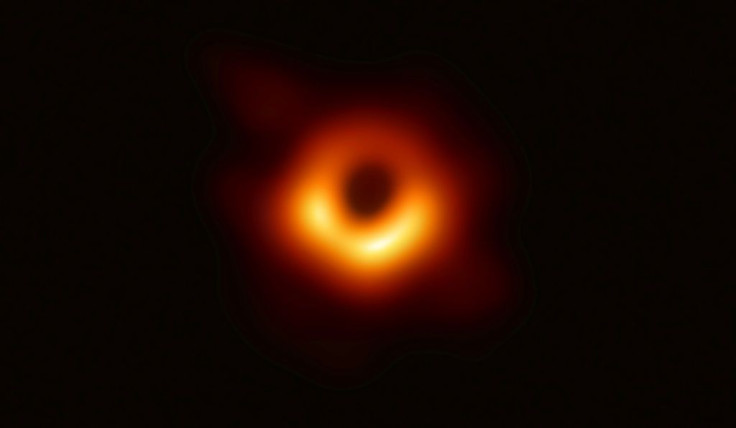New Measurements Reveal Supermassive Black Hole’s Monster Appetite
KEY POINTS
- New measurements were conducted on one of the largest known black holes in the universe
- J2157's black hole is 8,000 times bigger than Sagittarius A*
- The black hole has a fast growing rate due to its appetite
New measurements taken on one of the largest known black holes in the universe revealed how much it eats every day. Data regarding its monster appetite could explain why it is the fastest-growing black hole in the universe.
The new study focused on the supermassive black hole located in the center of a galaxy known as SMSS J215728.21-360215.1 or J2157-3602 or just J2157, which is billions of light-years away from Earth. First discovered in 2018, it was initially estimated to have about 20 billion solar masses.
Through recent measurements, scientists were able to get a more accurate idea regarding the actual size of the black hole. According to their findings, the black hole is about 34 billion times more massive than the Sun. Given its size, this giant cosmic object is about 8,000 times bigger than Sagittarius A*, which is the supermassive black hole at the center of the Milky Way galaxy.
According to the scientists, J2157’s black hole was able to reach its massive size due to its appetite. Scientists learned that the volume of cosmic materials that the black hole devours in a day is almost equivalent to the mass of the Sun.
Due to its consumption rate, the black hole will most likely continue to grow.
“We knew we were onto a very massive black hole when we realized its fast growth rate,” Fuyan Bian, one of the co-authors of the study explained in a statement. “How much black holes can swallow depends on how much mass they already have.
“So, for this one to be devouring matter at such a high rate, we thought it could become a new record holder,” he continued. “And now we know.”
The scientists noted that in order for Sagittarius A* to grow as big as J2157’s black hole, it would have to devour two-thirds of all the stars in Milky Way.
Aside from learning about the black hole’s growth rate, measuring its appetite also provides valuable information regarding its host galaxy. According to the scientists, it could shed light on the history of the galaxy and how its black hole got so big.
“With such an enormous black hole, we're also excited to see what we can learn about the galaxy in which it's growing,” said Christopher Onken, the lead author of the study. “Is this galaxy one of the behemoths of the early universe, or did the black hole just swallow up an extraordinary amount of its surroundings? We'll have to keep digging to figure that out.”
The findings of the researchers were presented in a new study published in the journal Monthly Notices of the Royal Astronomical Society.

© Copyright IBTimes 2024. All rights reserved.





















